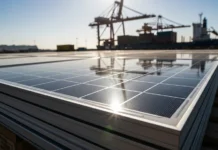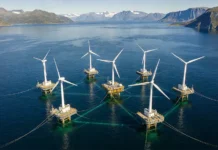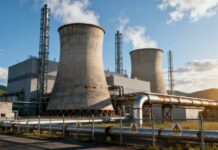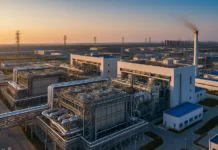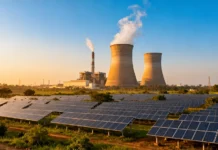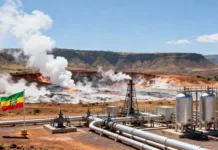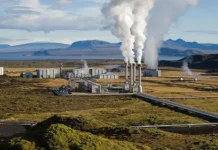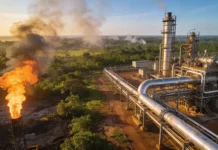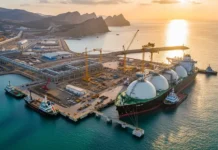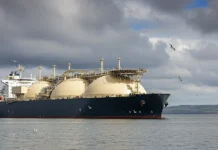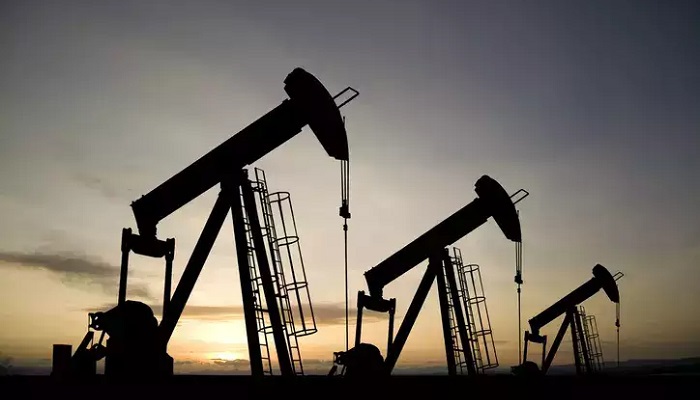It is worth noting that if the government goes ahead with the oil and gas emissions plan that is proposed, Canada is most likely to face severe economic repercussions.
As per a S&P Global recent 2024 report, the very strict emissions reduction strategy can very well result in a 17% dip in the conventional oil and gas production. There could be a loss of almost 50000 jobs per year, a reduction of $74 billion in terms of investment, and also a cumulative loss of almost $250 billion in GDP right from 2024 to 2035. Moreover, the plan could as well cost the Canadian economy $45bn every year after that.
Notably, the Canadian conventional oil and gas sector is all set to build up a significant amount of investment as well as growth between 2024 and 2035, says the assessment. The period is going to witness major CAPEX-capital expenditure as well as OPEX-operational expenditure that is driven by the requirement to go ahead and meet the scaled-up demand for oil and gas while at the same time adhering to the strict decarbonization norms.
There happen to be three scenarios that have been outlined in the report that evaluate the economic implications of diverse levels when it comes to production as well as emissions reductions:
With regards to the reference case, conventional oil and gas production is estimated to see a steady surge, thereby reaching almost 6 million barrels of oil equivalent per day by 2035, which is up from 5.4 Mboe/d in 2023. This kind of scenario happens to follow S&P Global’s base case production prediction which happens to assume a mild growth sans major regulatory changes.
The high case scenario goes on to anticipate an 8% rise in conventional oil and gas production as compared to the reference case by 2035. This progress will be driven by more natural gas production, primarily exported by way of new LNG terminals, elevating the export capacity of Canada as well as the economic benefits.
The stress case scenario happens to have in it a mandated 40% decrease in emissions by 2030 vis-à-vis the 2021 levels, with the reduction target surging to 55% by 2035.
It is well to be noted that the ambitious target within the stress case scenario happens to need significant cuts within production, especially from higher-cost wells as well as drilling areas that are less efficient. Due to this, conventional oil and gas production can very well see a dip of 17% by 2035. The report goes on to underscore that the dip in terms of production can as well lead to a $155 billion decrease when it comes to export sales. The investments would go on to see a dip of 14%, thereby totaling $75 billion less than what is anticipated under a usual business scenario.
The fact is that the decrease in production as well as investment is going to have a direct effect on employment as far as the oil and gas sector is concerned. The analysis from S&P Global goes on to estimate that the emissions plans would very well lead to 51,000 fewer jobs, which would be supported per year, and the fact of the matter is that these jobs are not going to be confined to the provinces that happen to produce oil and gas but would, as a matter of fact, permeate through the overall Canadian economy, thereby going ahead and affecting the supply chains as well as related sectors across the country. It is worth noting that this scenario will also mean that there will be a $92 billion dip in the contribution to GDP, the cumulative effect of the same from 2024 to 2035 will be a staggering $247 billion. This loss goes on to represent a major economic downturn, with the economic hit every year amounting to $45 billion thereafter. No wonder, this reduction as far as GDP is concerned will go on to have an effect on social services, public revenues, and the overall economic equilibrium. In the reference case, this scenario happens to be involving an overall investment amounting to $519 billion, thereby contributing $627 billion to the overall GDP and also generating $588 billion when it comes to export sales along with $102 billion in terms of royalties.
The fact is that the high case scenario is going to be anyway require an additional $50 billion in terms of investment by way of boosting the GDP by another $59 billion as well as the export sales by $46 billion. It is well to be noted that this particular scenario will go on to result in the support of another 36,000 jobs per year.
When it comes to the reference case, complete emissions happen to be expected to fall by 8% between 2024 and 2035. However, attaining this strict 40% emissions cap by 2030, when it comes to the stress case scenario will happen to require some significant cuts in production and investment when it comes to decarbonization technologies of the likes of carbon capture and storage- CCS. These measures happen to include making sure to optimize the present gas pipelines and also incorporating the most ideal operational practices so as to lower the intensity of the emissions.
There is no doubt about the fact that investment within the conventional oil and gas sector happens to be having a 2.4-times multiplier effect on the GDP. The GHG emissions intensity of the sector is expected to see a dip of at least 17% from the 2023 levels, and that too throughout all the scenarios. The point is that the economic impact when it comes to the GDP can go on to vary by almost $374 billion over the next 12 years, with major effects pretty apparent after 2030 when the cap on emissions goes on to take effect.
The net impact when it comes to conventional investment as far as GDP and also jobs are concerned happens to go beyond the oil and gas producing provinces, thereby benefiting other regions in terms of supply chain activities.






